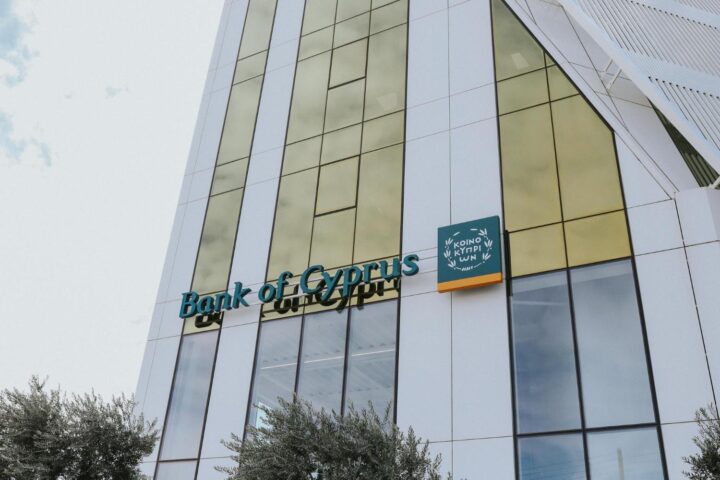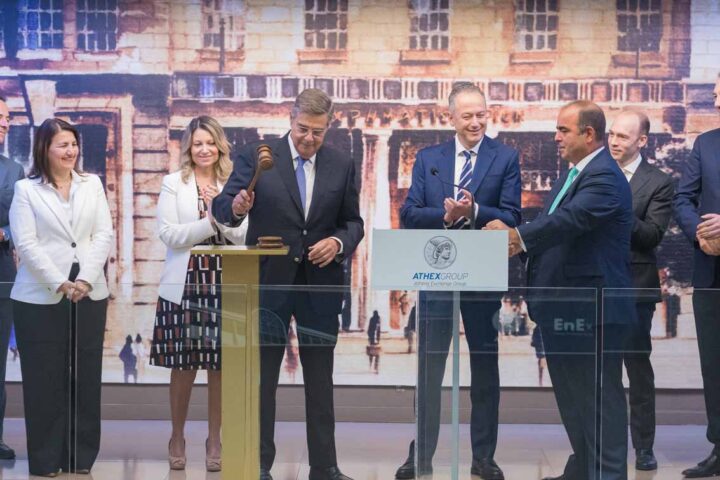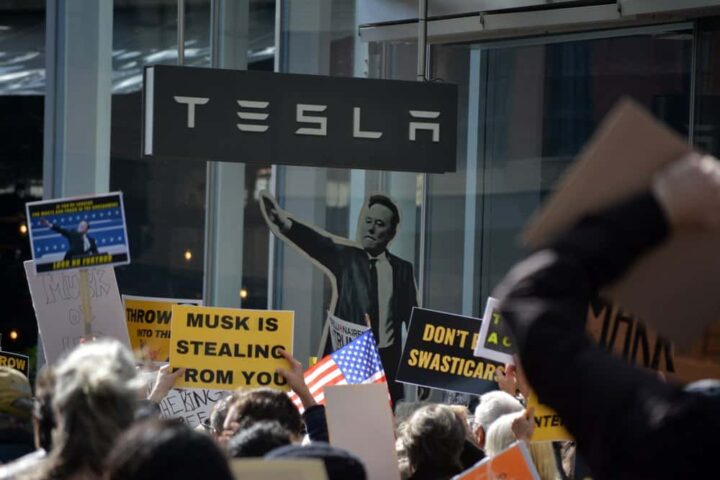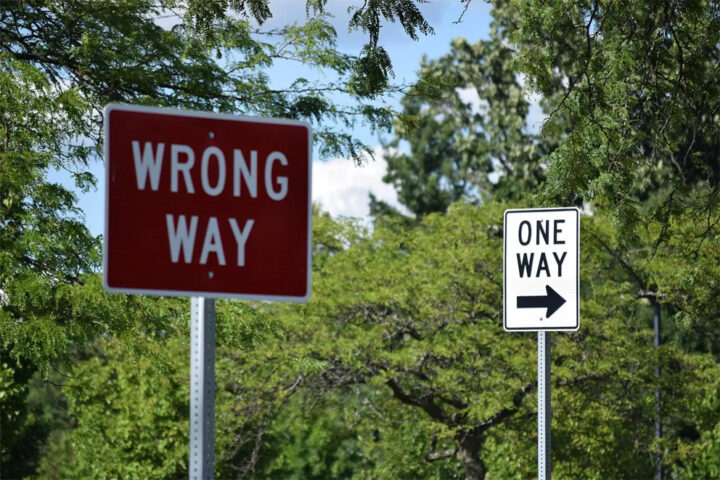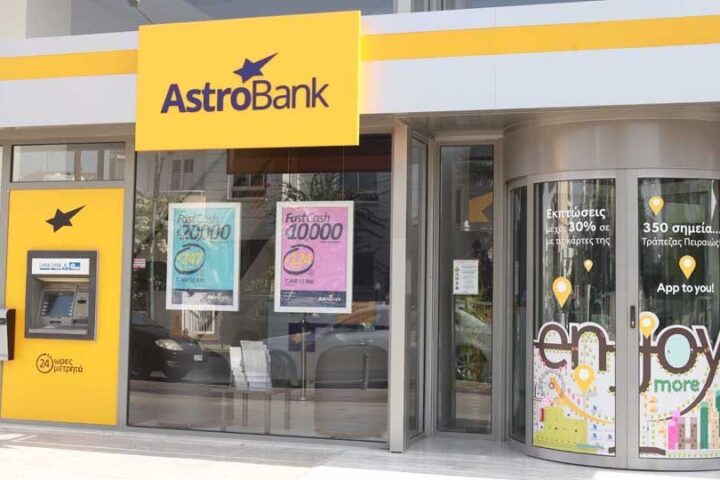Standard and Poor’s revised the country’s largest lender Bank of Cyprus’ outlook to positive from stable, following a new NPL transaction titled Helix 3, reducing its non-performing loans ratio to single digits, for the first time since 2013.
The rating agency also affirmed its B+/B long- and short-term issuer credit ratings on the bank.
“We expect the bank’s NPE ratio will be about 9% following the transaction, materially below 25% as of year-end 2020, showing that BoC is close to completing its balance-sheet clean up from the previous financial crisis,” S&P said.
The agency said the outlook revision “primarily reflects our view that BoC’s risk profile should materially improve as a result of the announced sale of problem assets” that would reduce its NPL rate to 9% of total loans.
“At this level, BoC will be better positioned to cope with potential increases in NPEs stemming from the COVID-19 pandemic.
S&P noted that their base case “reflects our expectation that the pressure on asset quality would be moderate, with its NPE ratio only growing to about 11%-13%.”
Furthermore, the agency said the positive outlook on BoC “reflects our view that we could raise the long-term issuer credit rating over the next 12 months if the improvement in BoC’s risk profile is sustainable.”
“This could happen if the impact of knock-on effects of the pandemic remains manageable, and the overall NPE ratio remains broadly in line with the bank’s international peers.”
It said an upgrade would also depend on the bank’s ability to improve its underlying profitability prospects.
Nevertheless, the agency said BoC’s low profitability prospects remain a “rating weakness.”
“Although its multi-year restructuring and digitalization plan should continue supporting some cost reduction, the bank’s ability to sustainably improve its efficiency and bottom-line profitability to levels closer to higher-rated peers` will likely remain under pressure.
” The bank’s cost-to-income ratio will hover at about 68% in the next 12-18 months, compared with our expectation of 50% for its peers.”


